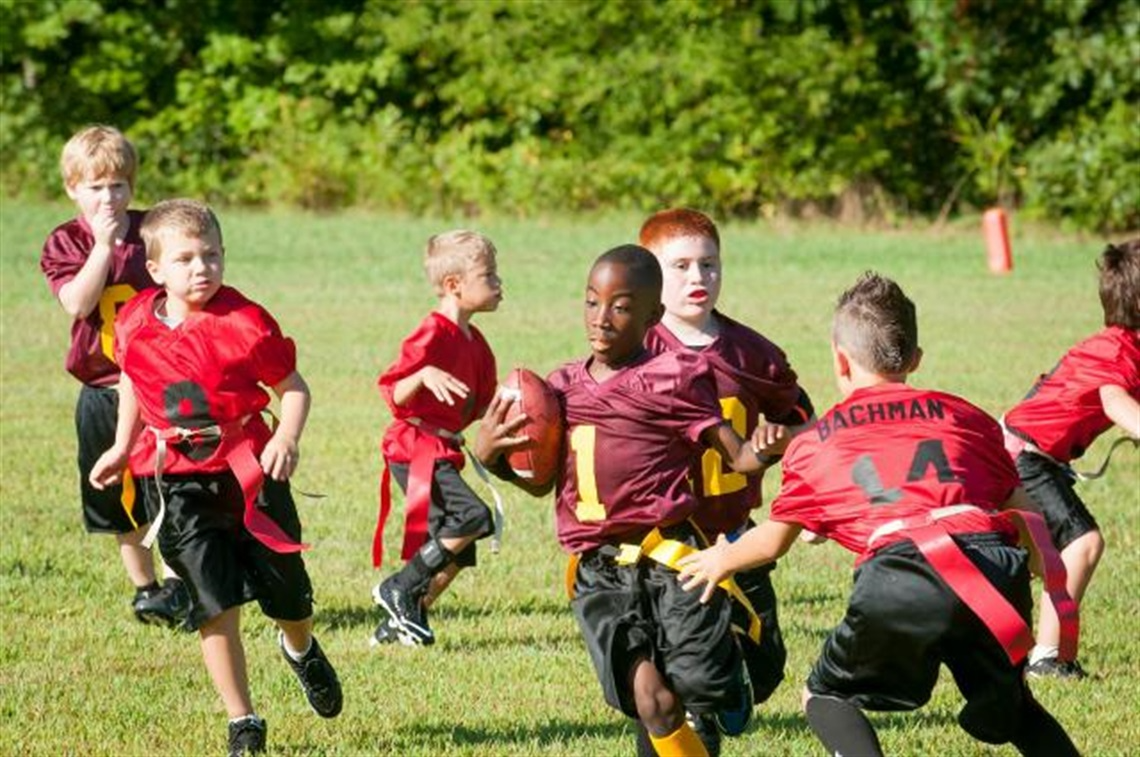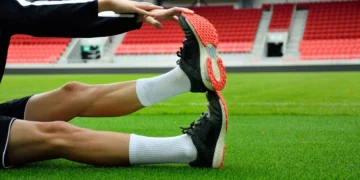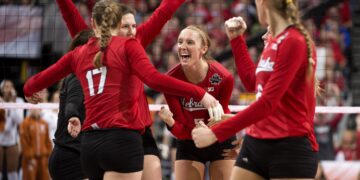Building a Winning Foundation: Effective Team Composition
Creating a successful team involves more than simply gathering talented players. It requires understanding the nuances of development, establishing clear objectives, and cultivating an environment where every young athlete can flourish.
Youth sports often group participants by age to ensure fair competition and appropriate skill development.
Instead of solely focusing on immediate victories, prioritize the long-term development and skill mastery of young athletes. This ensures they build a solid foundation that will benefit them as they progress.
Cultivate a positive team culture that values effort, teamwork, and sportsmanship. Encourage athletes to support each other, celebrate successes, and learn from setbacks. A supportive environment enhances enjoyment and promotes continued participation.
Stay informed about the latest trends and research in youth sports. Many organizations are aligning age groupings, participation rules, and competitive milestones with global best practices and athlete health research. These adjustments aim to support gradual skill development and safeguard participant well-being.
Prioritize the physical and mental health of young athletes. Ensure that training regimens are appropriate for their age and development level, and provide resources for injury prevention and mental wellness. This holistic approach helps athletes thrive both on and off the field.
The Parent’s Playbook: Supporting Young Athletes
Parents play a crucial role in their child’s athletic journey, from managing expenses to ensuring positive experiences. Understanding these factors helps create a supportive environment for young athletes.
The financial aspect of youth sports is a significant consideration for many families. On average, families spend over $1,000 annually per child on their primary sport. However, disparities exist, with wealthier families spending considerably more.
The data underscores how financial constraints can limit access to specialized coaching and competitive opportunities. Despite the rising costs, many children participate in sports through community-based programs, free play, or school teams. These avenues offer alternatives to costly travel leagues and private instruction. Encouraging participation in these diverse settings can help alleviate financial burdens.
The complexities and expenses associated with youth sports highlight the importance of parental advocacy. By actively supporting their children’s athletic pursuits, parents can ensure positive and healthy developmental experiences. This support is vital amid ongoing structural challenges within youth sports.
Crafting the Perfect Practice: Balancing Skill and Fun
Creating the ideal practice schedule for young athletes involves more than just drills and exercises. It’s about finding the sweet spot where skill development meets enjoyment, ensuring kids stay engaged and avoid burnout.
Modern youth sports programs are shifting towards more flexible, child-focused practice schedules. The goal is to balance skill-building with enjoyment, recognizing that young athletes have diverse needs and commitments. This approach helps prevent over-scheduling and promotes rest, which are crucial for their overall well-being.
Organizations are adapting practice durations based on age groups. For example, some programs require two team practices per week, with younger children averaging around 2 hours weekly and older children around 2.5 hours. This ensures that the time commitment is manageable and appropriate for their developmental stage.
Practice times are often scheduled on weekday evenings to accommodate various family routines. To minimize scheduling conflicts and reduce stress, programs actively collect information about each player’s outside commitments, such as school activities or other sports. Clear communication between coaches and parents is also emphasized, ensuring families can plan accordingly once teams are formed.
Prioritizing Safety: Injury Prevention Strategies
Youth sports offer invaluable opportunities for physical and personal development. However, the risk of injuries is a growing concern. Implementing effective prevention strategies is crucial to protect young athletes and ensure their long-term well-being.
Integrating specific training programs can significantly reduce the incidence of sports-related injuries. Recent studies show that incorporating neuromuscular, core strength, and balance exercises into training routines can be highly effective. These exercises, when performed consistently, help improve stability and control, reducing the likelihood of injuries.
Education plays a vital role in injury prevention. Coaches and parents should be well-informed about potential risk factors and effective mitigation techniques. Understanding proper warm-up routines, correct techniques, and recognizing early signs of overexertion can help create a safer environment for young athletes.
Addressing concussions is paramount. Rule changes in sports and the mandatory use of protective equipment are essential steps. Emphasizing proper tackling techniques in contact sports and ensuring athletes have access to well-fitting safety gear can further minimize the risk and severity of head injuries.
Navigating the System: Age Divisions and Development
Navigating youth sports can be tricky, especially when it comes to age divisions. Knowing how these divisions work and why they matter is key to helping young athletes thrive and enjoy their sports journey.
Youth sports are often structured around age divisions to ensure fair play and promote development. These divisions help group athletes of similar ages and skill levels, creating a more balanced and competitive environment. This approach also supports safety, reducing the risk of injury by preventing mismatches in physical maturity.
Many organizations are now using graduation-year divisions alongside traditional age groups. For example, a “Class of 2027” might align with the U16 age division. This system brings consistency to events and helps match athletes with peers who are at similar stages in their academic and athletic development.
Structured age divisions optimize skill development by allowing coaches to tailor training programs to specific age groups. Adjustments, like field size modifications in younger soccer groups, encourage technical skill over physical strength, contributing to long-term athletic growth.
Q&A
Question 1: What are the key age categories in youth climbing sports, and what are their corresponding birth years and event eligibility for the 2024-2025 season?
Answer: The youth climbing categories for 2024-2025 are Junior (2006-2007), Youth A (2008-2009), Youth B (2010-2011), Youth C (2012-2013), and Youth D (2014-2015). Eligibility expands with each lower category; for example, Youth B athletes can compete in Youth B, A, and Junior events.
Question 2: What are the major financial considerations for parents involved in youth sports, and how do these costs vary across different income brackets?
Answer: Youth sports participation can be expensive. A 2025 survey showed families spend an average of over $1000 annually per child on their primary sport. This cost varies significantly by income: under $50,000, the average is $708; $50,000-$99,999, around $800; and $100,000 or more, $2179. This disparity impacts access to specialized coaching and opportunities.
Question 3: How are modern youth sports programs adapting their practice schedules to improve athlete well-being and prevent burnout?
Answer: Modern programs prioritize flexibility and child-centered approaches. They’re focusing on balancing skill development with enjoyment, considering individual needs and commitments. Age-appropriate time commitments are also implemented; for example, younger children might average 2 hours of practice weekly, while older children may have 2.5 hours. Clear communication between coaches and parents helps manage scheduling conflicts.
Question 4: What are some proven strategies for preventing sports injuries in young athletes, and what is the evidence supporting the effectiveness of neuromuscular training?
Answer: Injury prevention strategies include targeted training programs incorporating neuromuscular, core strength, and balance exercises. A meta-analysis showed that neuromuscular training (5-15 minutes, 4-5 times/week, >26 weeks) reduced injuries in young athletes by 25%, based on data from 19 randomized controlled trials involving 28,176 subjects. Educating coaches and parents, concussion management, and protective gear are also crucial.







